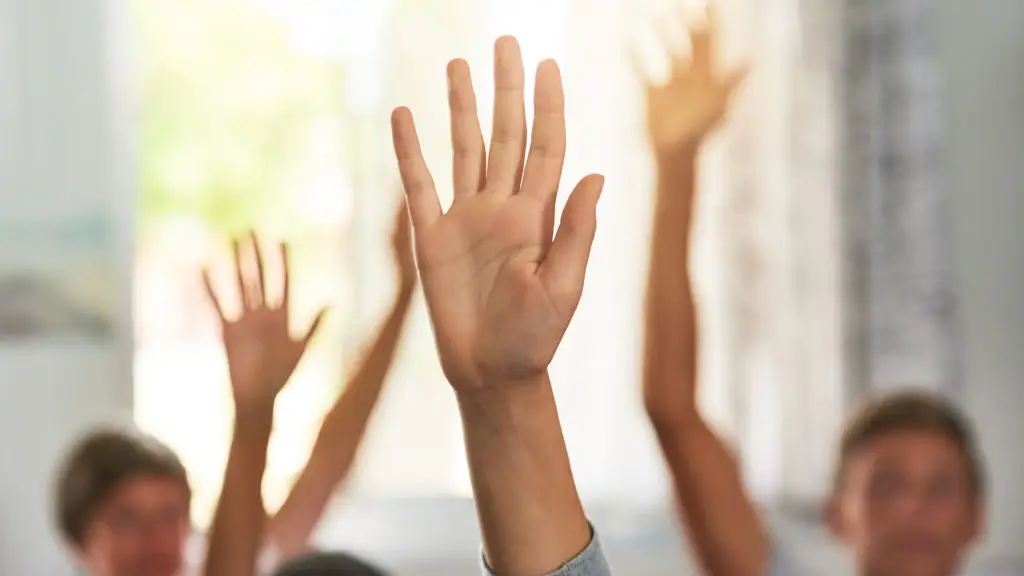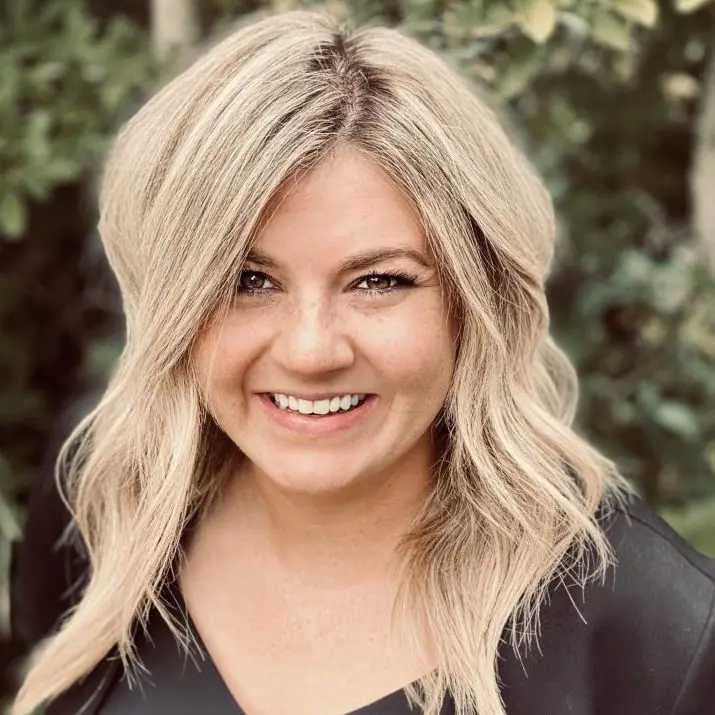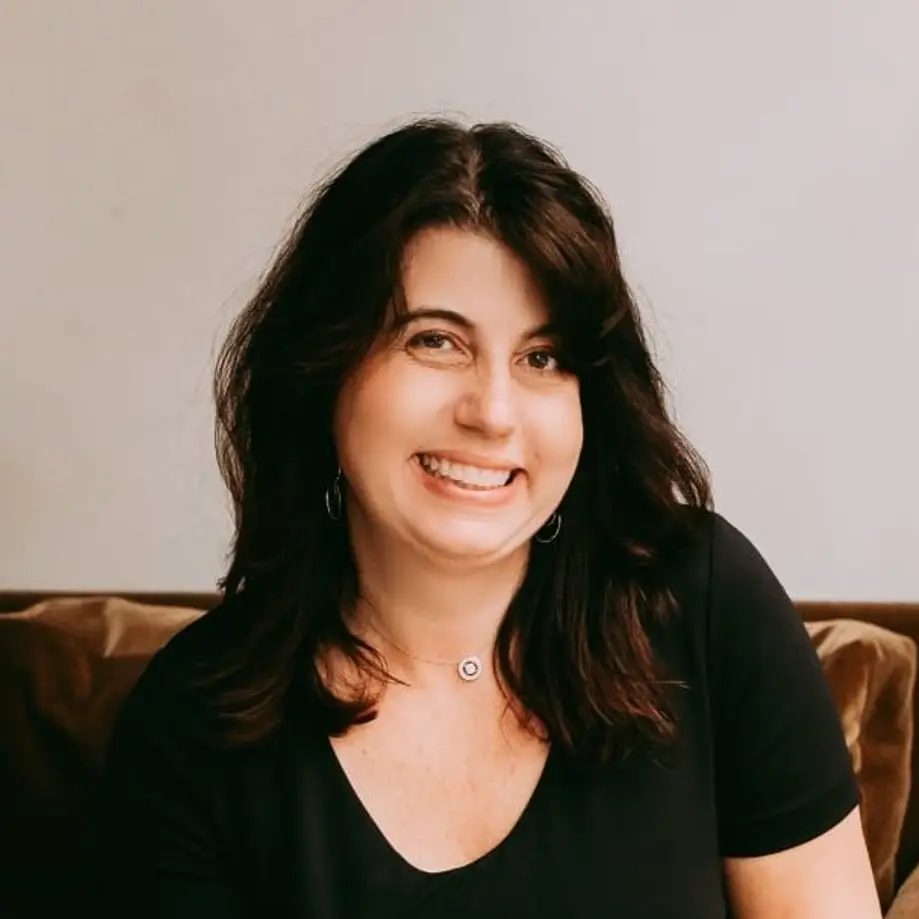This is the third blog post in our Notes from the Field: Special Education blog series.
Data on students’ academic progress during the pandemic is scarce, but early signs show that many students with disabilities struggled to stay on track. Our year-long study of special education in a sample of 15 schools revealed that most already-weary teachers and administrators simply plan to provide additional hours of instruction to students with disabilities, rather than consider more inclusive strategies—like Universal Design for Learning (UDL).
Advocates for students with disabilities have argued that schools must not only make up any unmet specialized support “minutes” specified in students’ IEPs—but also provide instructional support and intervention beyond what is required in IEPs.
Schools are already planning to expand learning time to evenings, weekends, and over the summer break to provide these supports. Evidence of this exists in the charter sector, where some schools have developed plans for extended class time during weeknights, while other schools have designed a series of summer school sessions to provide an opportunity to make up unmet “minutes.”
Without a doubt, students with disabilities will benefit from additional support after more than a year of disruption and lost instructional time, but it may be worth pausing a moment to ask: Is asking students with disabilities to give up more—their weekends, their evenings, and their summers—the best and only way schools can make these children’s educations whole?
On the contrary, students without disabilities who also need extra support after months of lost learning are not being asked to give up their free time, creating increased inequities.
Adding more hours for learning seems to be the most common solution we found emerging from the field. Across our sample of 15 schools, we found discouragingly few who are seeking a different, potentially more effective, learning experience for these students.
Before defaulting to simply adding more instruction, we should examine our practices and leverage a significant opportunity to pivot and enhance the educational experience for these learners—to try to do better, not just more. This is a time to ask students and parents what worked and did not work during the pandemic. Without the voices of these key stakeholders, how can the field of education work to catch students up in ways that are engaging, meaningful, and sustainable?
In cases where we learned of teachers and schools exploring different ways to serve their students with disabilities—not just more hours—UDL is emerging as the solution of choice. UDL’s teaching approach focuses on removing barriers for all students regardless of ability. One special education director reflected on the need for change in their approach to instruction by increasing implementation of teaching strategies that support multiple types of learners and serving students with disabilities proactively:
“I want our teachers to continue to work, because all of us learn a little bit differently. To think that you have one strategy and one style of teaching that’s going to connect with all 150 kids that you see in a day is ridiculous.”
For years, researchers have evaluated the effectiveness of UDL, identifying that when supports are embedded into instruction and ALL learners are taken into consideration when developing lessons, students of all abilities succeed. While the field of education has known about the great potential of UDL, many schools still have not implemented it because of various challenges.
When planning for fall, only a few districts in our sample database of 126 districts even made mention of implementing UDL or providing UDL training to teachers. This is consistent with the special education findings from this study.
To implement UDL effectively, teachers need ongoing professional development on adapting curricula to meet the needs of all learners, increased opportunities to learn and collaborate with their colleagues—specifically among general and special education—and, most importantly, a cultural shift in beliefs around serving students with disabilities. Without the belief that all students can learn together, building sustained implementation of UDL practices is minimized as this priority falls to the wayside.
While UDL in schools is scarce, schools that prioritize accessibility of instruction for all students identify the value of this teaching approach. One general educator discussed implementation of UDL in their setting:
“Especially because the messaging [at this school], which is very firm, is very much based in universal design. We are all teachers, all special education teachers. We are all trying our best to be counselors. We do things based on universal design and make sure everything’s accessible to everybody. So we have to be knowledgeable of how we provide access for all learning types to hit the content. That’s the messaging. And I think it’s very true to what [this school] wants to do.”
Practitioners and leaders who support students with disabilities have an opportunity to meet the moment as schools recover from the pandemic. We have the knowledge, skills, and capacity to shake our systems up and move forward with the dedication to implement UDL and serve students more effectively. It is time for us to ask: Is providing more of the same services the right path, or should we rethink our services altogether to ensure students receive an equitable, effective education?





